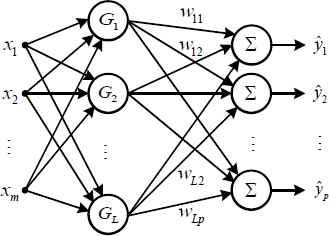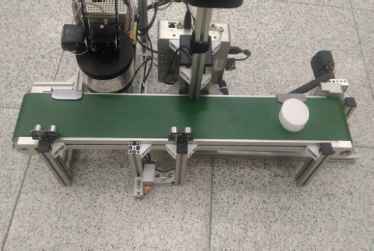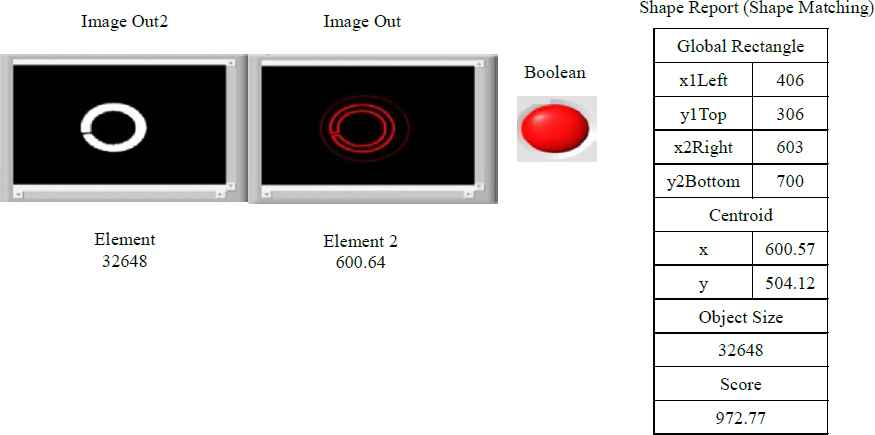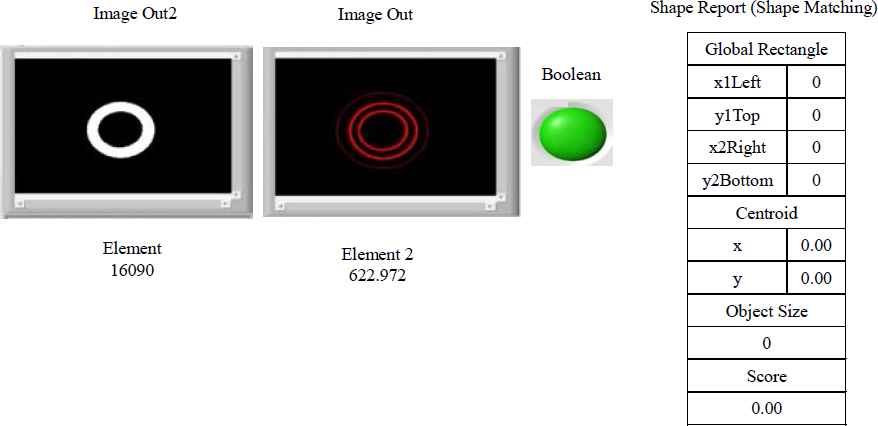Reinforced Quantum-behaved Particle Swarm Optimization Based Neural Networks for Image Inspection
- DOI
- 10.2991/jrnal.2018.5.2.15How to use a DOI?
- Keywords
- Quantum-behaved particle swarm optimization; Niche particle; Support vector regression; Image inspection
- Abstract
This paper combines the niche particle concept and quantum-behaved particle swarm optimization (QPSO) method with chaotic mutation to train neural networks for image inspection. When exploring the methodology of reinforced quantum-behaved particle swarm (RQPSO) to train neural networks (RQPSONNs) for image inspection, first, image clustering is adopted to capture feasible information. In this research, the use of support vector regression (SVR) method determines the initial architecture of the neural networks. After initialization, the neural network architecture can be optimized by RQPSO. Then the optimal neural networks can perform image inspection. In this paper, the program of RQPSONNs for image inspection will be built. The values of root mean square error (RMSE) and peak signal to noise ratio (PSNR) are calculated to evaluate the efficiency of the RQPSONNs. Moreover, the experiment results will verify the usability of the proposed RQPSONNs for inspecting image. This research can be used in industrial automation to improve product quality and production efficiency.
- Copyright
- Copyright © 2018, the Authors. Published by Atlantis Press.
- Open Access
- This is an open access article under the CC BY-NC license (http://creativecommons.org/licences/by-nc/4.0/).
1. Introduction
The application of image inspection is quite extensive including medical science, machine vision, and predicting analysis of patterns in smart automation production fields.1–5 The input images are first filtered by a high-pass filter, which is used to remove direct current and enhance high-frequency components. And then the filtered input images, which are overlapped rather than displaced from each other in the plane, serve as the input images.6 Neural networks have the capacities of learning, adaption, and nonlinear mapping of images.7
The PSO algorithm possesses the ability of high convergent speed, easily falling in some local optima is its fatal defect. Many researchers have presented revised PSO algorithms and obtained good results.8,9 Another improvement on traditional PSO algorithm is quantum-behaved particle swarm optimization (QPSO).10 However, in QPSO, particles fall into local optimal state in multimode optimization problems and cannot find any better state.11–13 To overcome the premature phenomenon in QPSO, a modified quantum-behaved particle swarm optimization (MQPSO) is proposed to identify nonlinear systems.14 Authors proposed niche particle swarm optimization (NPSO) for image segmentation.15 In NPSO algorithms, particles changing the place of the course to center the appropriate position (niche) of the particle will be absorbed. Then, particles amalgamate the small appropriate position (small niche) to become a large appropriate position (big niche).16
This paper combines the niche particle concept, quantum-behaved particle swarm optimization (QPSO) method with chaotic mutation to train neural networks for image inspection. Some experiment results verified the usability of the proposed RQPSONNs for inspecting image.
2. Modified Quantum Particle Swarm Optimization
From the view of classical dynamics, to avoid explosion and guarantee convergence, particles must be bounded and fly in an attractive potential field. Clerc and Kennedy8 have proved that if these coefficients are properly defined, the particle’s position pi will converge to the center of potential field,
Inspired by the behavior that particles move in a bounded state and preserve the global search ability, Sun et al.13 proposed the QPSO algorithm. In the QPSO model, the solution of time-independent Schrödinger equation for this system in one dimensional space can be expressed as:11
3. Reinforced Quantum-Behaved Particle Swarm Optimization Neural Networks
3.1. Radial basis function neural networks
One can use a neural network to estimate the input–output relation of a dynamic system. In this paper, radial basis function neural networks (RBFNNs) are adopted because they have a simple structure, as shown in Figure 1. When the Gaussian function is chosen as the radial basis function, RBFNNs can be expressed in the form

The structure of RBFNNs.
Given a set of training input–output pairs (x(k), y(k)), k = 1,2, …, N, the optimization problem of RBFNNs is to determine the values of wij, mi, and σi to minimize the index
3.2. Niche evolution
The appropriate position evolves (niche evolution) can solve the multimodal function optimization problems effectively.17 Adopt the structure of appropriate position and search some local extreme values synchronously and avoid early convergence. It is difficult to determine the appropriate radius (niche radius) σshare. Define the niche radius as follows:18
3.3. Chaotic mutation
The Chaos phenomenon in nonlinear science means a kind of definite but unpredictable motion state. It has already been applied to optimizing stochastic optimization problems efficiently. This study adopts chaotic mutation operation to avoid falling into some local extreme value. The logistic equation of Chaos iterating is expressed as follows:17
4. Simulation Results
In this paper, a work piece for image inspection is performed by the proposed RQPSONNs shown as Figure 2.

work piece on the conveyer belt for inspection.
The frame of image recognition is illustrated as Figure 3. Then, the experiment results of cracked work piece and perfect work piece are shown as Figures 4 and 5. Meanwhile, the values of PSNR and RMSE are shown in Table 1. The experiment results verified the usability of the proposed RQPSONNs for inspecting image.

Frame of image inspection.

Cracked work piece.

Perfect work piece.
| work piece | PSNR | RMSE |
|---|---|---|
| cracked work piece | 18.216 | 13.127 |
| perfect work piece | 20.136 | 15.037 |
The values of PSNR and RMSE for cracked work piece and perfect work piece.
5. Conclusions
In the study, RQPSONNs combining the niche particle concept, quantum-behaved particle swarm optimization (QPSO) method with chaotic mutation to train neural networks is proposed to solve image inspection. Moreover, the experiment results have verified the usability of the proposed RQPSONNs for inspecting image.
Acknowledgements
This work was supported in part by the Ministry of Science and Technology, R.O.C., under grants MOST 106-2221-E-252-001.
References
Cite this article
TY - JOUR AU - Li-Chun Lai AU - Chia-Nan Ko PY - 2018 DA - 2018/09/30 TI - Reinforced Quantum-behaved Particle Swarm Optimization Based Neural Networks for Image Inspection JO - Journal of Robotics, Networking and Artificial Life SP - 139 EP - 143 VL - 5 IS - 2 SN - 2352-6386 UR - https://doi.org/10.2991/jrnal.2018.5.2.15 DO - 10.2991/jrnal.2018.5.2.15 ID - Lai2018 ER -
